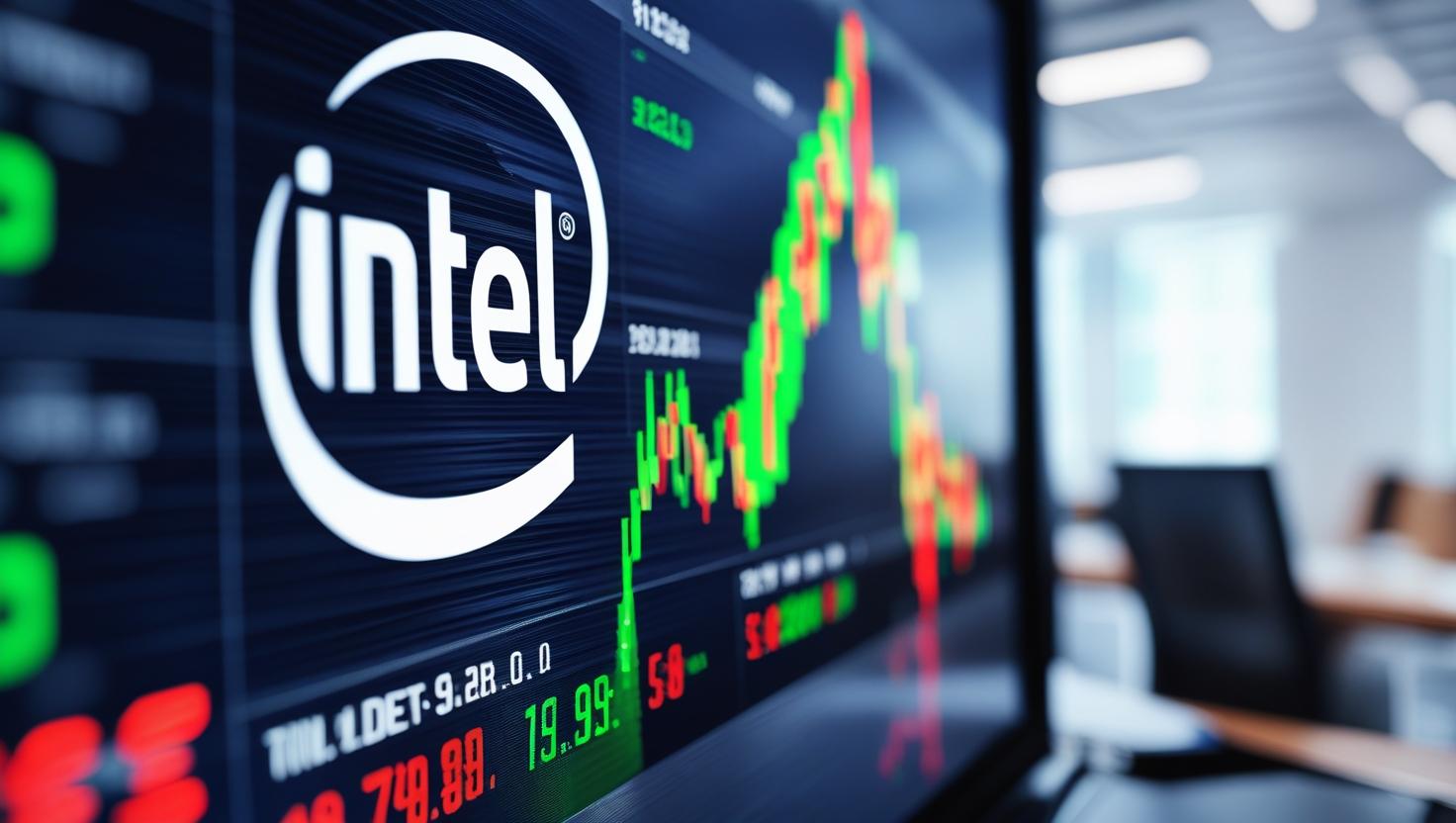
Intel at a Crossroads in 2025
Intel, a legendary giant in the semiconductor realm, has stepped back into the limelight in 2025. Known for powering everything from personal computers to data centres, they are no longer just a chipmaker; it has become a symbol of the geopolitical and economic race in technology. With new developments making headlines, including discussions around investment stakes, partnerships, and global expansion, many are asking the same question: what’s next for Intel?.
Intel’s Role in the Global Tech Landscape
The semiconductor sector has become more than just a business; it’s a strategic industry. Chips power artificial intelligence, cloud infrastructure, advanced defence systems, and nearly every modern digital device. Intel, as a U.S.-based company, stands at the centre of both innovation and national security debates.
Unlike its rivals, such as Nvidia, AMD, and Taiwan’s TSMC, Intel still manufactures a significant share of its own chips. This vertical integration gives it an advantage in times when supply chain resilience is a priority for governments and corporations alike.
Recent Headlines: Why Intel Is Trending
Intel has been trending on Google Trends after news surfaced about potential high-profile investment discussions and increased attention from policymakers. This is not surprising semiconductors are now a matter of national interest, and any stake in Intel signals more than just financial support; it reflects a commitment to securing America’s technological leadership.
Intel’s revitalized focus on AI chips and cutting-edge manufacturing has caught the eye of new investors. While competitors dominate specific niches, they are betting on their manufacturing scale and decades of expertise to reclaim lost ground.
Opportunities for Intel in 2025
1. AI and Machine Learning
AI adoption is exploding across industries. From self-driving cars to enterprise software, demand for AI chips is surging. They are doubling down on this segment, not only designing next-gen processors but also developing accelerators for data centres.
2. Government Partnerships
They continue to benefit from U.S. Government efforts, such as the CHIPS and Science Act, which are focusing on boosting local semiconductor production by providing essential funding. This support could help their finance new fabs and scale its advanced chipmaking capabilities.
3. Diversification Beyond PCs
The traditional PC market may be slowing, but Intel has shifted focus toward cloud computing, 5G infrastructure, and automotive chips. By moving beyond its reliance on consumer devices, they positioning itself as a diversified tech powerhouse.
Challenges Intel Faces
While the opportunities are big, they also face notable challenges:
Intense Competition: Nvidia dominates AI chips, while TSMC leads in advanced fabrication. they must close the technology gap quickly to remain competitive.
Execution Risks: Building new fabs is capital-intensive, and delays could set back their market share recovery.
Market Cycles: Semiconductor demand is cyclical. Any slowdown in global demand could impact revenue growth.
Despite these hurdles, they remains one of the few companies capable of producing at scale while also innovating at the cutting edge.
Intel for Investors: Should You Pay Attention?
For investors, they represent both risk and opportunity. On one hand, the company’s stock has faced volatility as it tries to catch up in the AI and GPU race. On the other hand, long-term growth catalysts like government funding, AI adoption, and global demand for semiconductors give them a strong upside potential.
Analysts suggest that investors should watch their earnings reports closely in the coming quarters. If they demonstrate progress in chip manufacturing and AI leadership, it could regain market confidence. Conversely, continued execution delays could weigh on its valuation.
The Bigger Picture
Their importance goes far beyond quarterly earnings. The company operates at the crucial crossroads of commerce, innovation, and national strategy. As AI continues to reshape industries and as global supply chains remain in focus, their decisions in 2025 will ripple across markets worldwide.
For everyday consumers, this means more powerful chips in laptops, servers, and devices. For investors, it’s crucial to keep an eye on their capacity to innovate, grow, and adjust within a highly competitive landscape.
Conclusion
Intel’s story in 2025 is not just about semiconductors; it’s about the future of technology and the strategic race to control it. With opportunities in AI, government-backed manufacturing, and global expansion, they stand at a pivotal moment. Despite the hurdles we face, it’s undeniable that Intel holds significant importance in our current landscape.
For investors and tech watchers alike, keeping an eye on Intel isn’t just about stock performance it’s about understanding the direction of the global technology economy.
1 thought on “Intel’s Strategic Future: What Investors Should Know in 2025”